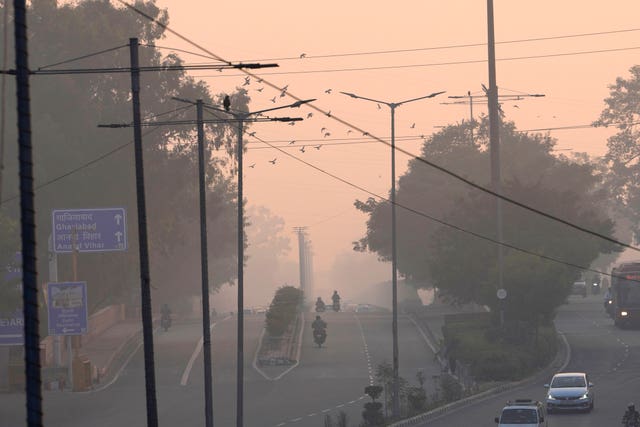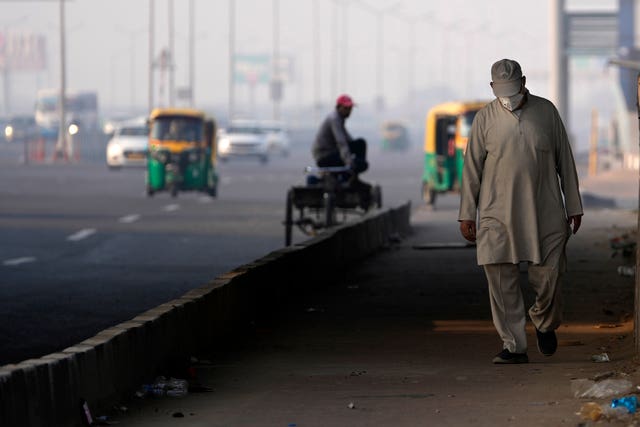
A thick layer of toxic smog cloaked India’s capital on Friday, as smoke from firecrackers used to celebrate Diwali, the Hindu festival of lights, pushed air pollution to hazardous levels.
New Delhi’s air quality index plunged into the “severe” category, according to Safar, India’s main environmental monitoring agency.
In many areas, levels of deadly particulate matter reached seven times the World Health Organisation’s safety limit.

Authorities in the capital have banned the use and sale of traditional firecrackers since 2017, asking people to opt for environmentally friendly ones or light shows instead, but the rule is often flouted.
New Delhi, home to more than 33 million people, is regularly ranked one of the most polluted cities in the world.
The air pollution crisis deepens particularly in the winter when the burning of crop residue in neighbouring states coincides with cooler temperatures that trap deadly smoke.
That smoke travels to New Delhi, leading to a surge in pollution and worsening the public health crisis.

Emissions from industries without pollution controls and the use of coal, which produces most of the country’s electricity, are also linked to poor air quality in urban areas.
“We may not realise it now, but later we will face lung problems,” said Manoj Kumar, a New Delhi resident who does his morning runs around the capital’s India Gate monument.
Several studies have estimated that more than a million Indians die each year from air pollution-related diseases.
Tiny particulate matter in polluted air can lodge deep in the lungs and cause a variety of major health problems.


Comments: Our rules
We want our comments to be a lively and valuable part of our community - a place where readers can debate and engage with the most important local issues. The ability to comment on our stories is a privilege, not a right, however, and that privilege may be withdrawn if it is abused or misused.
Please report any comments that break our rules.
Read the rules hereLast Updated:
Report this comment Cancel